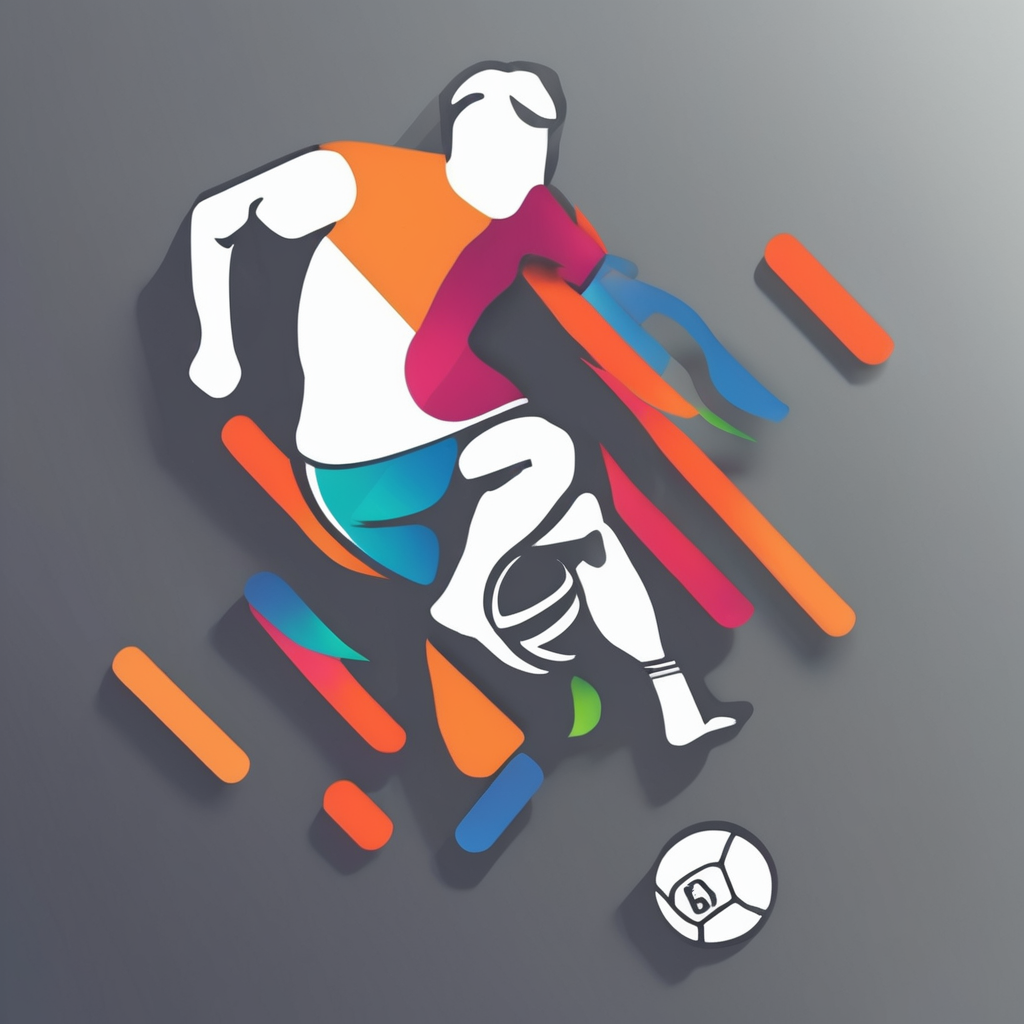Recent Breakthroughs in Cycling Equipment and Technology
The landscape of cycling equipment in the UK is rapidly evolving, driven by the latest innovations in cycling sports. Smart bikes now incorporate advanced sensors that track speed, cadence, and even power output with remarkable precision. These metrics, processed through real-time data analytics, give cyclists immediate feedback to optimize their performance during rides or races.
Performance wearables have also seen significant advancements. Modern devices monitor heart rate, oxygen levels, and muscular fatigue, enabling athletes to fine-tune their training regimens. These wearables sync effortlessly with smart bikes and mobile apps, creating an integrated ecosystem for both amateur and professional cyclists.
Also to discover : How can UK cycling clubs support new riders?
Additionally, performance apparel uses cutting-edge fabrics designed to enhance aerodynamics and moisture management. By combining comfort with functional improvements, this apparel supports endurance and recovery.
Together, these breakthroughs in smart bikes, sensors, and wearables represent a transformative shift in UK cycling technology, offering cyclists tools that were once the domain of elite professionals. This synergy of tech and equipment empowers riders to achieve new personal bests while enjoying a more data-driven, enjoyable cycling experience.
Also to see : How does cycling culture influence community building in the UK?
Evolution in Training Methods and Athlete Development
The landscape of training methods in UK cycling has transformed dramatically with advances in sports science. Modern athletes benefit from highly tailored regimens that consider individual physiology, enhancing athlete performance more precisely than ever before. These regimens are rooted in data-driven insights, allowing coaches to optimize intensity, recovery, and technique.
One standout innovation is the use of biometric monitoring. Wearable devices collect real-time data on heart rate, power output, and fatigue levels, enabling immediate adjustments to training plans. This direct feedback loop ensures that each cyclist trains at their optimal threshold, reducing injury risk while maximizing gains.
Additionally, the embrace of virtual platforms and e-cycling has added a new dimension to athlete development. These tools simulate diverse racing conditions and terrain, offering consistent, measurable training environments regardless of weather or location. Integration of e-cycling into routine training improves pacing strategies and mental endurance, critical factors for competitive success.
Together, these cutting-edge practices mark a significant shift toward more scientific, personalized, and technology-driven approaches in UK cycling’s pursuit of excellence.
Infrastructure, Policies, and Support Initiatives
Cycling infrastructure in the UK has seen notable enhancements, with upgrades to both urban cycling routes and competitive venues. These improvements aim to provide safer, more connected pathways that encourage increased cycling participation. Urban areas have benefited from wider lanes and dedicated bike paths, reducing conflicts between cyclists and motorists.
Recent shifts in UK cycling policy emphasize cyclist safety through stricter regulations and awareness campaigns. These policies address issues such as vehicle speeds in residential zones and mandatory use of protective gear, fostering a safer environment for all road users.
British Cycling initiatives have introduced several innovative programmes designed to support athletes and recreational cyclists alike. These include talent development schemes, grant funding for local clubs, and coaching resources that integrate latest innovations in cycling sports technology and training methods. Local cycling clubs also play a vital role by organizing community rides and offering development opportunities, which complement national efforts.
Together, these infrastructure upgrades, policy enhancements, and support initiatives form a comprehensive strategy to advance cycling culture and performance across the UK. This integrated approach not only promotes safety but also nurtures emerging talent and embraces technological advancements in the sport.
Influential Achievements and Success Stories
UK cycling achievements have surged impressively in recent years, fueled by the dedication of leading British cyclists like Sir Chris Hoy and Laura Kenny. Their triumphs on world stages, including multiple Olympic golds, underline the effectiveness of focused team innovation. Cutting-edge technology such as aerodynamic bike frames and power meters has transformed training methods, enhancing performance and endurance.
The integration of scientific research into daily routines exemplifies the latest innovations in cycling sports. Teams now employ data analytics to tailor strategies, optimizing rider output for competitive events. Such innovation not only boosts individual results but elevates the collective strength of UK cycling squads.
Recognition for these pioneering efforts has come through numerous awards, including national sports honors and international cycling accolades. This recognition inspires emerging cyclists and underscores the UK’s position at the forefront of the sport. The continuing evolution in equipment design and training techniques promises sustained success, making UK cycling a benchmark for excellence and progress.
Understanding Precision and Recall in SQuAD Evaluations
In the Stanford Question Answering Dataset (SQuAD) framework, precision and recall are vital metrics for gauging model performance. Precision measures the fraction of correctly predicted tokens among all tokens the system predicted, calculated as tp/(tp+fp), where tp represents tokens shared between the correct answer and prediction, and fp counts tokens in the prediction but missing from the correct answer.
Recall, on the other hand, evaluates how many correct answer tokens the model retrieved, computed as tp/(tp+fn), with fn being tokens in the correct answer but absent from the prediction. Both metrics rely heavily on token-level overlap, requiring exact matches to identify true positives.
This balance between precision and recall is crucial; high precision with low recall indicates accuracy but incomplete answers, whereas high recall with low precision suggests verbose or partially incorrect results. Understanding these distinctions helps developers fine-tune question-answering systems to be both accurate and comprehensive, ultimately improving user satisfaction and reliability.

